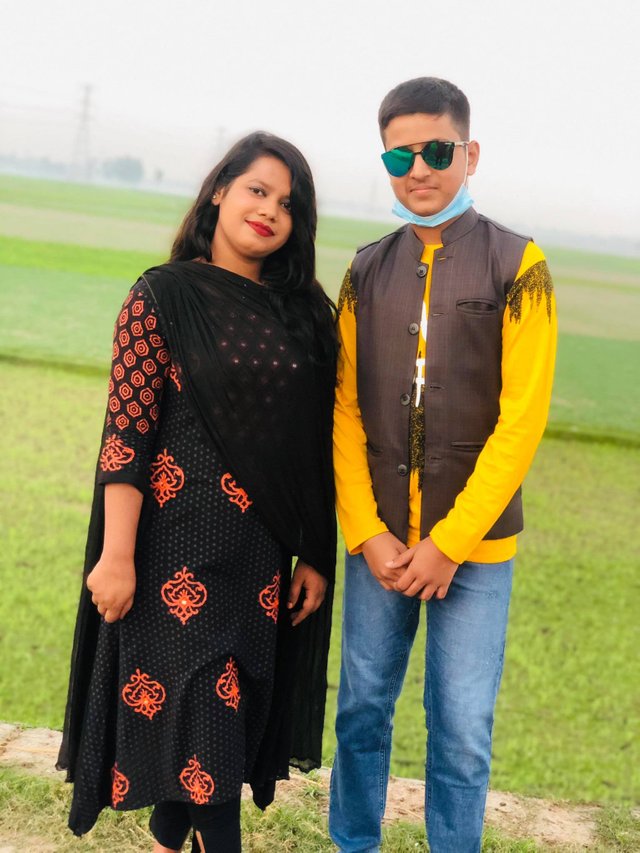Bangladesh has been aptly described as a new state in an ancient land. Much has been written about the past glory of Bangladesh, notably in old records like the evidence of Pliny and Periplus of the Erythrean Sea (first century AD). Travellers and scholars who were attracted by the charms and fame of Bangladesh since time immemorial had showered effusive epithets on its bounties and wealth, affluence and prosperity, craftsmanship and cultural advancement. It was drawn in Ptolemy's map. These indicate that from the earliest times Bangladesh was known to the West, particularly for its Muslin, the finest fabric the world has ever produced.

They include the Chinese travellers Fa-hien (fourth century AD), Hue-an-tsung (seventh century), Ma-hoen and Fei-shin (fifteenth century), Ibne Batuta (fourteenth century) from Africa, Travernier and Bernier from France (seventeenth century) and Queen Elizabeth-the First's ambassador Ralf Fish. Nicola Kanti (fifteenth century) and Ceasar the Frederik (sixteenth century) from Venice, Verthema, an Italian in the sixteenth century, Barbosa and Sebastin Manric (sixteenth century) from Portugal,
